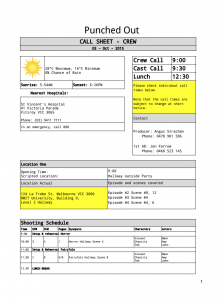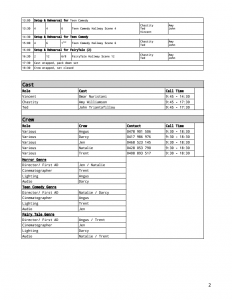In the final Group Project of digital director ‘Sketchy Students’ I was a part of the writing group. My individual title was Storyboard Generator. I’m a very visual person so it made sense that I would be able to work in this role and it was a generally well-received idea. I also came up with some very basic concept art of the characters and what there personalities might look like. As a part of the Writing Group we all came up with our own ideas and bounced off each others ideas to create the scripts for the episodes of our project “Sketchy Students”. Unfortunately, for one reason or another the scripts went through a lot of critiques by the management team and other individuals, which meant that a lot of our original concepts were changed or left out entirely. This was a valuable lesson that I learned to live with and adapt to: you can never have full creative control when working with a large group of people.
Besides the fact that a lot of my ideas got cut in the script editing process I was still pleased with the content that stayed in. For example, the concept for the third episode was an idea that I had brought to the table. I was really proud to see it when we were filming and seeing it evolve into the final product.
In regards to my individual job as Storyboard Generator; I hit several snags on delivering them/creating them. I only ended up creating 2 storyboards for episode 1 and episode 3. It was my intention to experiment with how a storyboard might aid the production team in delivering a product that mirrored the writing teams vision. The idea being to juxtapose the two episodes that had a storyboard to the ones that didn’t. Unfortunately neither of the episodes with the storyboards really matched the storyboards because the scripts had gone through such a rigorous critique that by the time the script was finalised the storyboards didn’t make sense anymore. I guess if you can pull anything from that experiment it is that storyboards, at least in the pre-production stage, wasn’t useful at all. The message being that the script needs to be finalized before the storyboards can be created, otherwise it’s just a mess. Upon reflection if there was less critique and a timeline system in place for individual due dates then the whole system would’ve worked a lot more.
All in all it was a good class and I had fun collaborating with my fellow students. I also learnt how difficult it is to keep a singular vision when there are so many people working on the project. It was difficult keeping track of the project as a whole because there were so many people working on it, I think, moving forward, it would be good to get a different view point such as working on social media, in order to broaden my knowledge and understandings further.

